 EDITOR’S NOTE: This review is based on a review copy of Pinocchio: Of Wood and Blood Part 2 provided free of charge to Crisis On Infinite Midlives by pubisher Slave Labor Graphics and writer Van Jensen.
EDITOR’S NOTE: This review is based on a review copy of Pinocchio: Of Wood and Blood Part 2 provided free of charge to Crisis On Infinite Midlives by pubisher Slave Labor Graphics and writer Van Jensen.
Pinocchio is a bad motherfucker.
Pinocchio: Of Wood and Blood is the concluding chapter of Pinocchio: Vampire Slayer, which Amanda and I came across completely by accident at San Diego Comic-Con in 2011 at the Slave Labor Graphics booth. We picked it up based purely on the title – how can you not give a book named Pinocchio: Vampire Slayer a try? If we’d seen a book titled Cinderella: Street Vigilante we’d have bought that too – and were delighted to find an action-packed, funny story about Pinocchio and his puppet crew hunting down vampires by telling lies (think along the lines of, “I will take no joy in staking your dead ass and dragging it screaming into the daylight”), which grows his nose and gives him a handy, on-demand wooden stake for bringing the stabby.
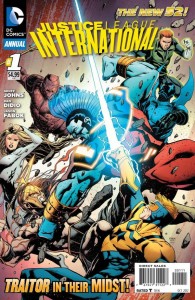
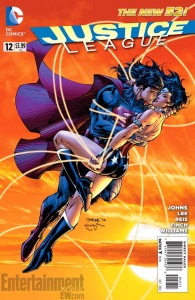
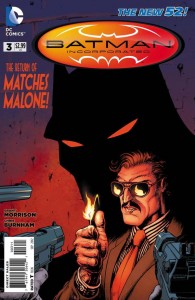
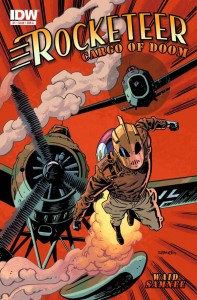
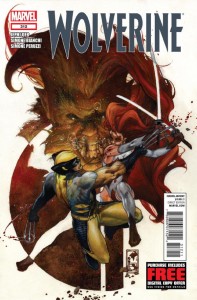
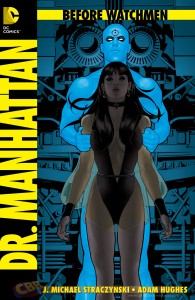

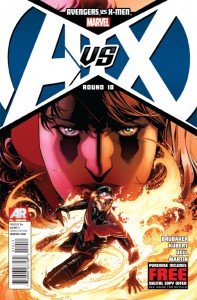
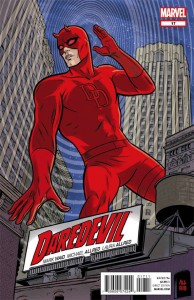
 Podcast RSS Feed
Podcast RSS Feed iTunes
iTunes Google Play
Google Play Stitcher
Stitcher TuneIn Radio
TuneIn Radio Android
Android Miro Media Player
Miro Media Player Comics Podcast Network
Comics Podcast Network